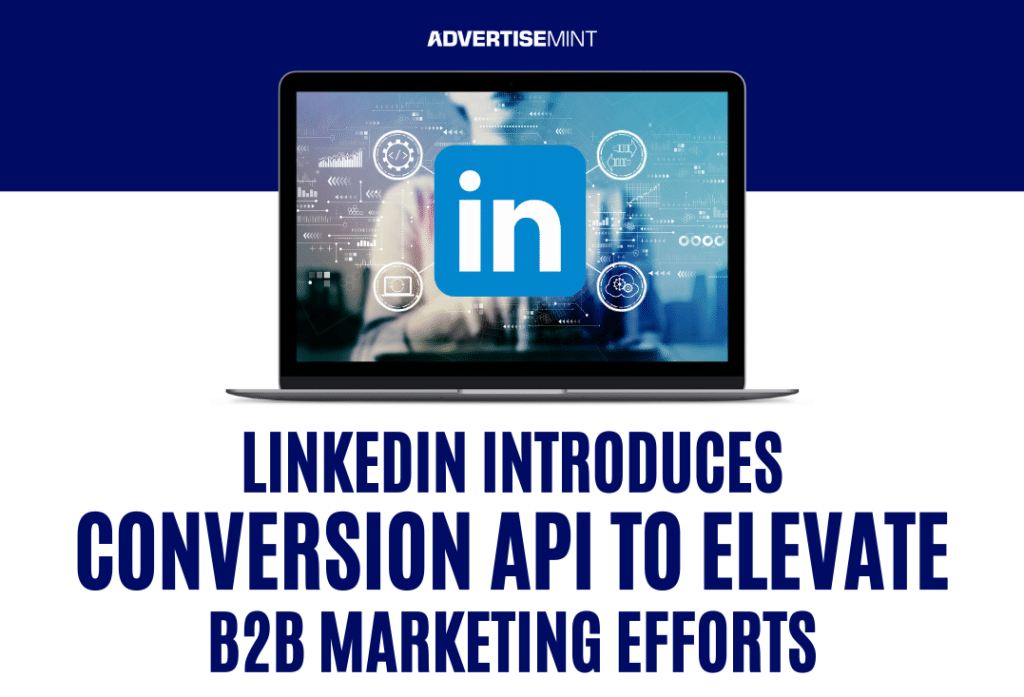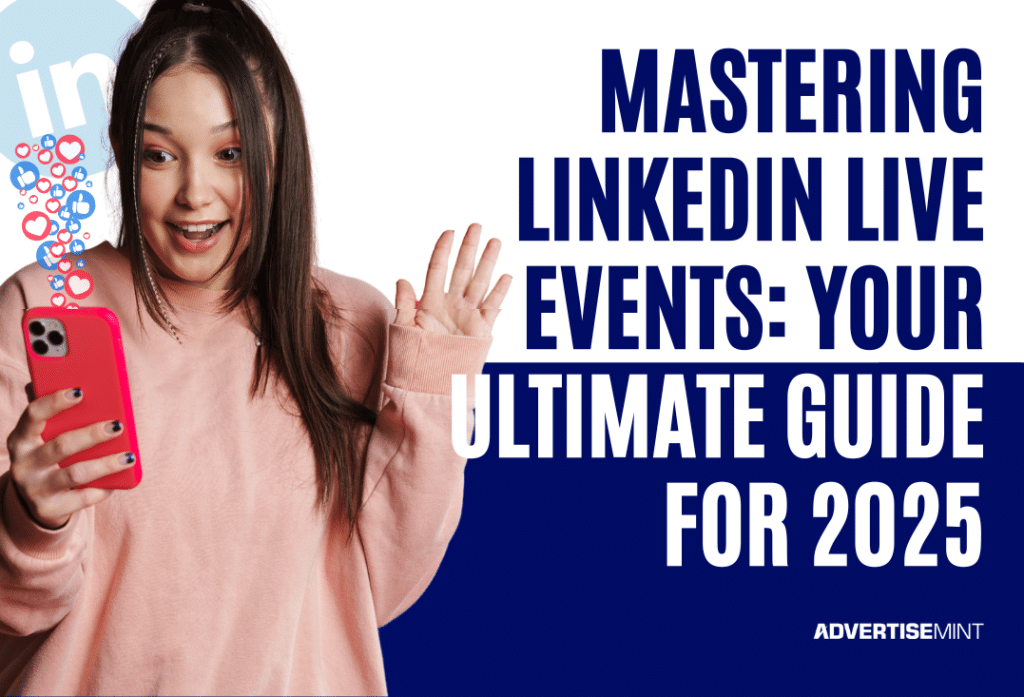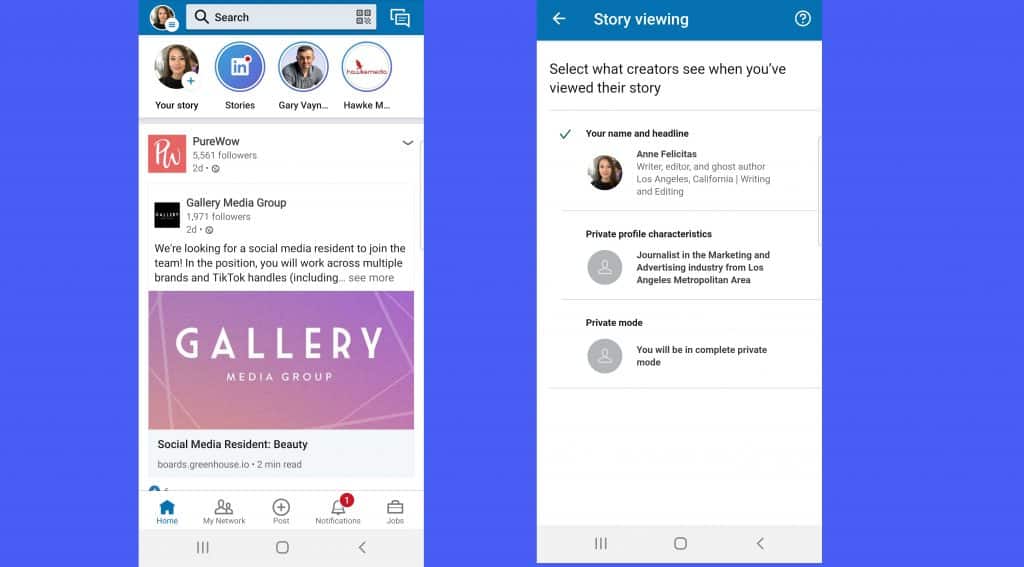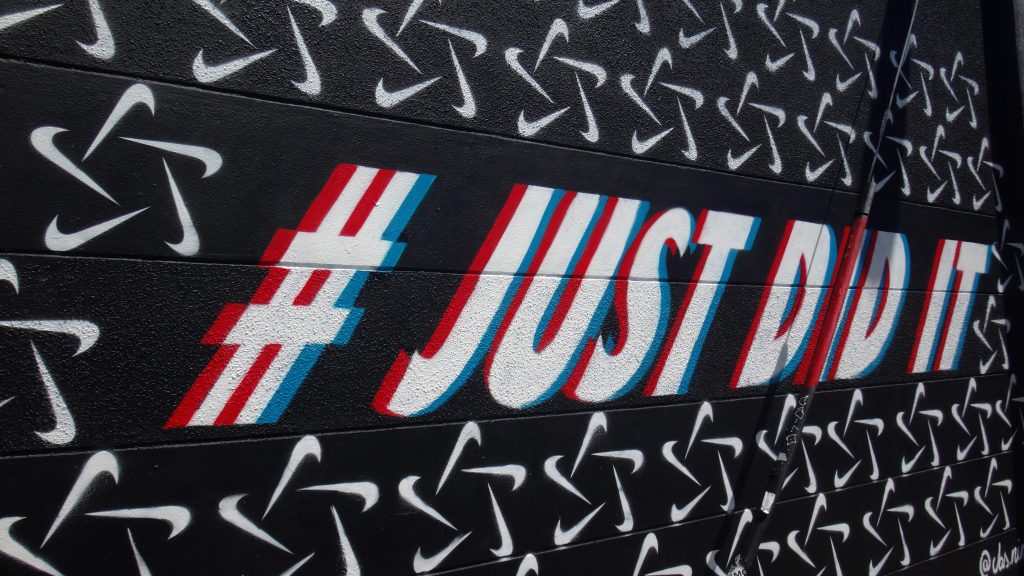Breaking news from LinkedIn. In a significant move to empower B2B marketers, LinkedIn has unveiled its own Conversion API (CAPI). This development aims to enhance conversion tracking, optimize ad performance, and provide more accurate revenue attribution. By facilitating a direct server-to-server … [Read more...]
Mastering LinkedIn Live Events: Your Ultimate Guide for 2025
Mastering LinkedIn Live Events: Your Ultimate Guide for 2025🎥🚀 In the ever-evolving landscape of professional networking, LinkedIn has solidified its position as a pivotal platform for live events. Recognizing the surge in virtual engagements, LinkedIn has unveiled a comprehensive guide to … [Read more...]
6 Tips for Making Your LinkedIn Profile Stand Out
Marten Bjork / Unsplash Maintaining a professional social media account, such as an account with LinkedIn, is important in today’s modern hiring process. In fact, hiring managers continue to check applicants’ online presence. Moreover, there are organizations that require candidates in marketing, … [Read more...]
Users Can Finally View Stories Anonymously — On LinkedIn
The Stories feature, originated by Snapchat, has been such a hit with users across social media platforms that many companies have appropriated it. Both Facebook and Instagram have their own versions, and even Pinterest is trying it out. The next platform to adopt Stories may come as a surprise: … [Read more...]
12 LinkedIn Video Tips to Boost Your Content Marketing Strategy
LinkedIn is unmatched among social media platforms for B2B content marketing. For one thing, the social media giant boasts the largest audience of business professionals looking for new hires, new products, and new information and tools to increase their productivity and profitability. For … [Read more...]
New LinkedIn Salary Insights Show Job Seekers What They Could Earn Elsewhere
Anna Hubbel, writer at AdvertiseMint, Facebook marketing agency LinkedIn is adding new information to Salary Insights to help job seekers potentially increase their earnings. Additionally, the platform is expanding LinkedIn Salary to more regions. According to Social Media Today, Salary … [Read more...]
LinkedIn Launches Live Broadcast Feature in Beta
February 12, 2019 Anna Hubbel, writer at AdvertiseMint, Facebook ads agency LinkedIn is finally hopping on the live video bandwagon. The professional social network is introducing a live video format for the platform. Tech Crunch reported that LinkedIn is launching the live broadcast format … [Read more...]
The Complete Guide to LinkedIn Ad Targeting
How to Properly Use LinkedIn Hashtags
Hashtags. We see them on Twitter, Instagram, and Facebook. They’re fun tags that make posts more searchable. When used effectively, hashtags are a useful marketing tool for your social media strategy. But can you use hashtags on LinkedIn? Absolutely. Although this wasn’t always the case (LinkedIn … [Read more...]
How to Install the LinkedIn Pixel to Your Website
You can discover valuable information about your customers by tracking their activity on your business’s website. Various coding tools are available to help you track behaviors so you can measure the success of your ad campaigns and find insights into what you should change. The Facebook Pixel is … [Read more...]









